Kia Niro vs Toyota Aygo - Differences and prices compared
Costs and Efficiency:
Price and efficiency are often the first things buyers look at. Here it becomes clear which model has the long-term edge – whether at the pump, the plug, or in purchase price.
Toyota Aygo has a clearly advantage in terms of price – it starts at 15500 £, while the Kia Niro costs 29100 £. That’s a price difference of around 13629 £.
Fuel consumption also shows a difference: Kia Niro manages with 2.40 L and is therefore convincingly more efficient than the Toyota Aygo with 4.80 L. The difference is about 2.40 L per 100 km.
Engine and Performance:
Power, torque and acceleration say a lot about how a car feels on the road. This is where you see which model delivers more driving dynamics.
When it comes to engine power, the Kia Niro has a clearly edge – offering 180 HP compared to 72 HP. That’s roughly 108 HP more horsepower.
In acceleration from 0 to 100 km/h, the Kia Niro is clearly quicker – completing the sprint in 9.90 s, while the Toyota Aygo takes 15.50 s. That’s about 5.60 s faster.
In terms of top speed, the Kia Niro performs to a small extent better – reaching 185 km/h, while the Toyota Aygo tops out at 158 km/h. The difference is around 27 km/h.
There’s also a difference in torque: Kia Niro pulls significantly stronger with 265 Nm compared to 93 Nm. That’s about 172 Nm difference.
Space and Everyday Use:
Beyond pure performance, interior space and usability matter most in daily life. This is where you see which car is more practical and versatile.
Seats: Kia Niro offers somewhat more seating capacity – 5 vs 4.
In curb weight, Toyota Aygo is clearly lighter – 1015 kg compared to 1474 kg. The difference is around 459 kg.
In terms of boot space, the Kia Niro offers clearly more room – 451 L compared to 231 L. That’s a difference of about 220 L.
In maximum load capacity, the Kia Niro performs convincingly better – up to 1445 L, which is about 616 L more than the Toyota Aygo.
When it comes to payload, Kia Niro evident takes the win – 466 kg compared to 345 kg. That’s a difference of about 121 kg.
Who comes out on top?
Overall, the Kia Niro shows itself to be dominates this comparison and secures the title of DriveDuel Champion.
It convinces with the more balanced overall package and proves to be the more versatile choice for everyday use.
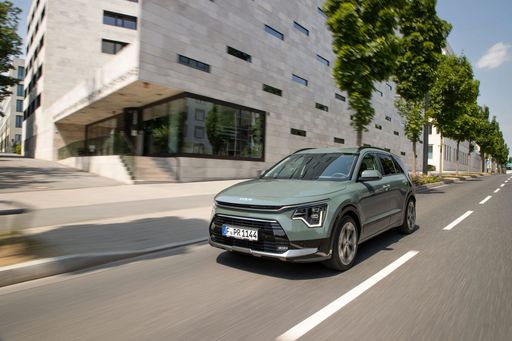 @ Kia Corporation
@ Kia Corporation
Kia Niro
Costs and Consumption
View detailed analysis
Engine and Performance
View detailed analysis
Dimensions and Body
View detailed analysis
Kia Niro
The Kia Niro blends clever packaging and modern styling into a compact crossover that’s refreshingly sensible for daily life. It’s comfortable, economical and packed with user‑friendly tech, so if you want a fuss‑free family car with a touch of green credibility, the Niro is worth a test drive.
details @ Kia Corporation
@ Kia Corporation
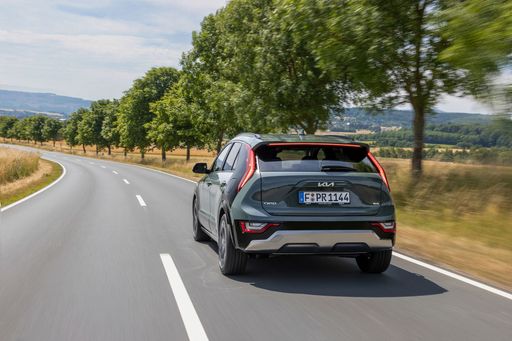 @ Kia Corporation
@ Kia Corporation
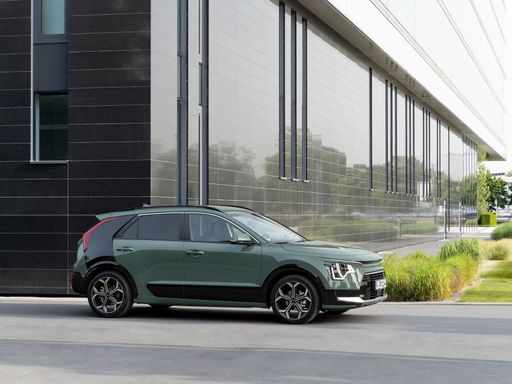 @ Kia Corporation
@ Kia Corporation
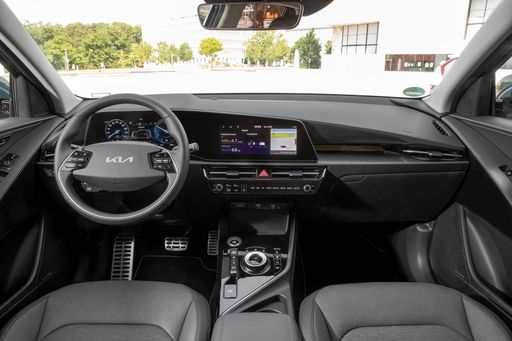 @ Kia Corporation
@ Kia Corporation
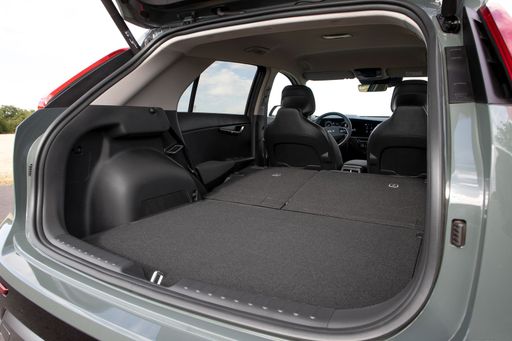 @ Kia Corporation
@ Kia Corporation
Toyota Aygo
The Aygo is a cheeky city car that turns congested streets into a playground, with bold styling and sprightly manners that make parking a pleasure rather than a pain. Economical to run and surprisingly well equipped for its size, the Aygo is a smart choice for urban buyers who want personality without a premium price and a car that brings a smile to the daily commute.
details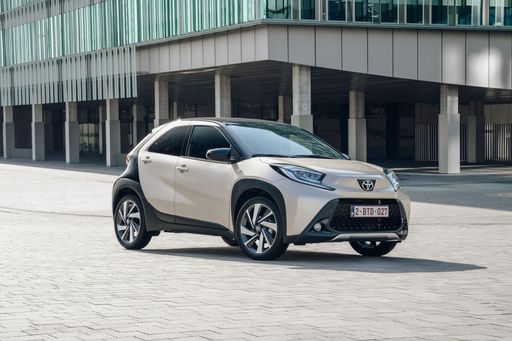 @ Toyota Motor Corporation
@ Toyota Motor Corporation
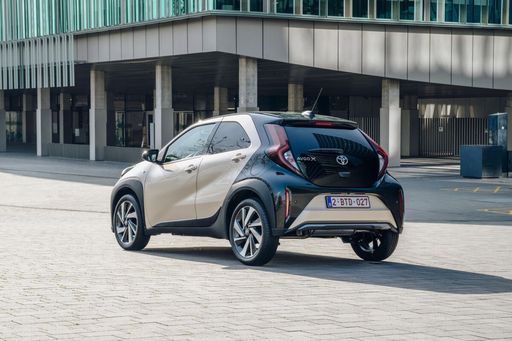 @ Toyota Motor Corporation
@ Toyota Motor Corporation
 @ Toyota Motor Corporation
@ Toyota Motor Corporation
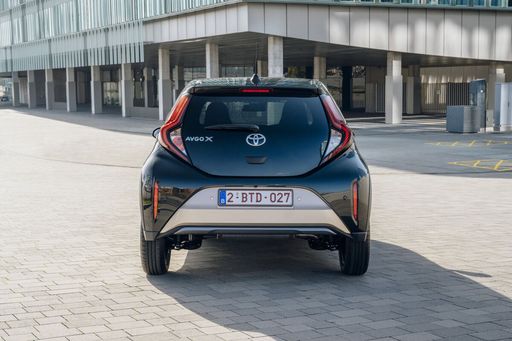 @ Toyota Motor Corporation
@ Toyota Motor Corporation
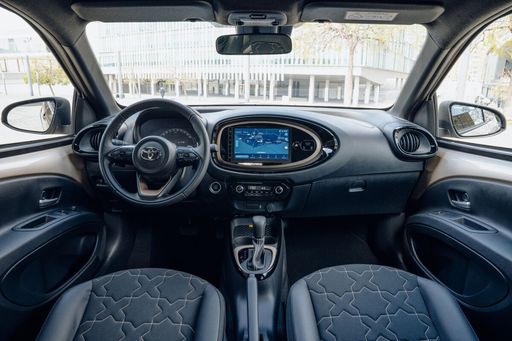 @ Toyota Motor Corporation
@ Toyota Motor Corporation
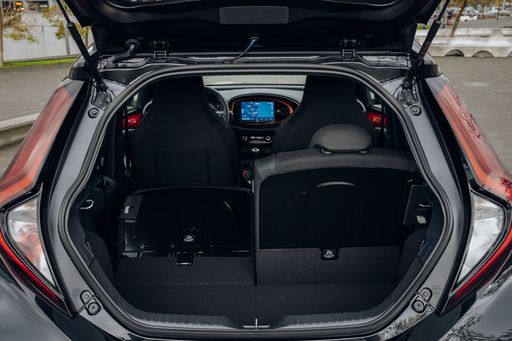 @ Toyota Motor Corporation
@ Toyota Motor Corporation
 @ Kia Corporation
@ Kia Corporation
|
 @ Toyota Motor Corporation
@ Toyota Motor Corporation
|
|
|
|
Costs and Consumption |
|
|---|---|
|
Price
29100 - 38600 £
|
Price
15500 - 22100 £
|
|
Consumption L/100km
2.4 - 4.9 L
|
Consumption L/100km
4.8 - 4.9 L
|
|
Consumption kWh/100km
-
|
Consumption kWh/100km
-
|
|
Electric Range
57 - 62 km
|
Electric Range
-
|
|
Battery Capacity
1.3 - 11.1 kWh
|
Battery Capacity
-
|
|
co2
53 - 111 g/km
|
co2
108 - 111 g/km
|
|
Fuel tank capacity
37 - 42 L
|
Fuel tank capacity
35 L
|
Dimensions and Body |
|
|---|---|
|
Body Type
SUV
|
Body Type
SUV
|
|
Seats
5
|
Seats
4
|
|
Doors
5
|
Doors
5
|
|
Curb weight
1474 - 1594 kg
|
Curb weight
1015 kg
|
|
Trunk capacity
348 - 451 L
|
Trunk capacity
231 L
|
|
Length
4420 mm
|
Length
3700 mm
|
|
Width
1825 mm
|
Width
1740 mm
|
|
Height
1545 mm
|
Height
1510 mm
|
|
Max trunk capacity
1342 - 1445 L
|
Max trunk capacity
829 L
|
|
Payload
466 kg
|
Payload
345 kg
|
Engine and Performance |
|
|---|---|
|
Engine Type
Full Hybrid, Plugin Hybrid
|
Engine Type
Petrol
|
|
Transmission
Automatic
|
Transmission
Manuel, Automatic
|
|
Transmission Detail
Dual-Clutch Automatic
|
Transmission Detail
Manual Gearbox, CVT
|
|
Drive Type
Front-Wheel Drive
|
Drive Type
Front-Wheel Drive
|
|
Power HP
138 - 180 HP
|
Power HP
72 HP
|
|
Acceleration 0-100km/h
9.9 - 11.4 s
|
Acceleration 0-100km/h
15.5 - 15.6 s
|
|
Max Speed
170 - 185 km/h
|
Max Speed
151 - 158 km/h
|
|
Torque
265 Nm
|
Torque
93 Nm
|
|
Number of Cylinders
4
|
Number of Cylinders
3
|
|
Power kW
102 - 132 kW
|
Power kW
53 kW
|
|
Engine capacity
1580 cm3
|
Engine capacity
998 cm3
|
General |
|
|---|---|
|
Model Year
2025
|
Model Year
2024 - 2025
|
|
CO2 Efficiency Class
C, B
|
CO2 Efficiency Class
C
|
|
Brand
Kia
|
Brand
Toyota
|
Is the Kia Niro offered with different drivetrains?
The Kia Niro is available as Front-Wheel Drive.
The prices and data displayed are estimates based on German list prices and may vary by country. This information is not legally binding.
